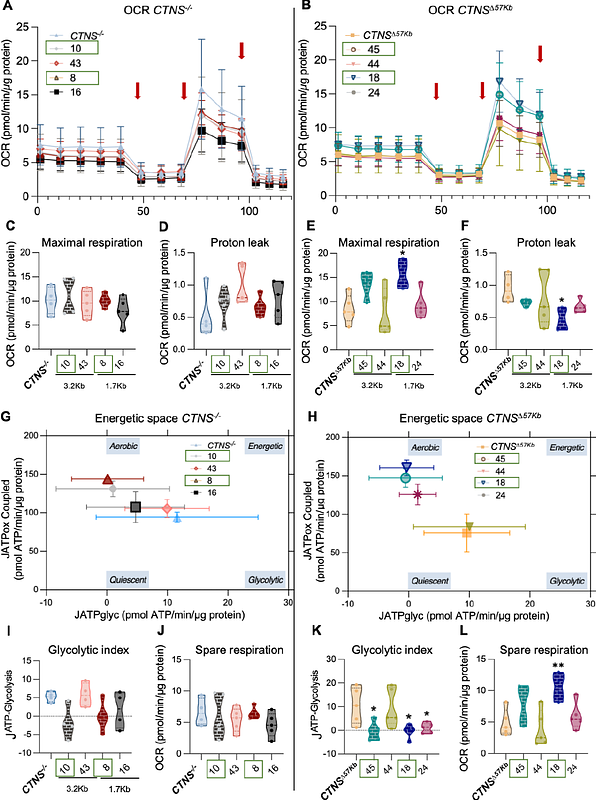Gene surgery as a potential treatment option for Nephropathic Cystinosis in vitro

Gene surgery as a potential treatment option for Nephropathic Cystinosis in vitro
Sendino Garvi, E.; Faria, J.; Pou Casellas, C.; Thijssen, S.; Wubbolts, E. J.; Jamalpoor, A.; Harrison, P.; Masereeuw, R.; Janssen, M. J.
AbstractNephropathic cystinosis is a rare monogenetic kidney disease caused by mutations in the lysosomal transporter cystinosin (encoded by CTNS) that, to date, has no cure. The hallmark of this disease is lysosomal accumulation of cystine and decline in proximal tubular function leading to kidney failure early in life. In this project, we developed a novel gene repair strategy using CRISPR/Cas9 Homology-Independent Targeted Integration (HITI) to restore CTNS. A novel, non-viral peptide-mediated approach was used to deliver the Cas9-guideRNA ribonucleoprotein (RNP) complex and repair templates to conditionally immortalized proximal tubule epithelial cell (ciPTEC) lines. The repair constructs contained either mCherry (1.7 kb), the CTNS Superexon (1.7 Kb) or both (3.2 Kb). The results demonstrated that the smaller mCherry construct achieved a higher repair efficiency (63%) compared to the CTNS-mCherry construct (16%). Clonal expansion of repaired cells showed restoration of lysosomal cystine levels in 70-75% of the clones, which was accompanied by improved mitochondrial bioenergetics. In conclusion, CRISPR/Cas9 HITI can be used to precisely insert repair templates into the genome, resulting in a functional cystinosin restoration, and a reversal of the cystinotic disease phenotype.